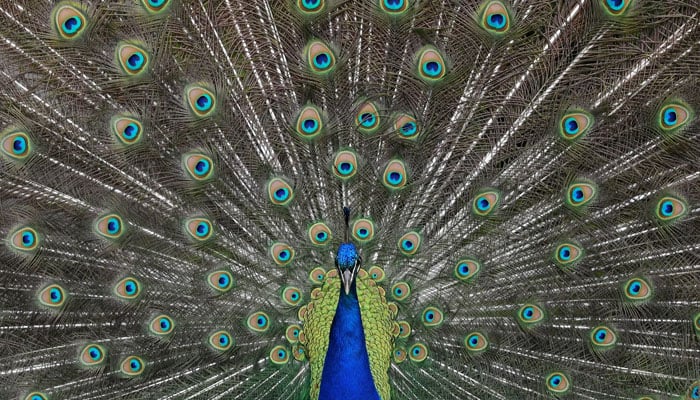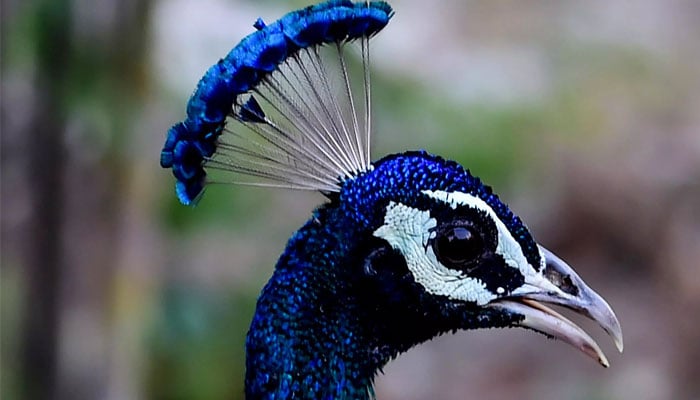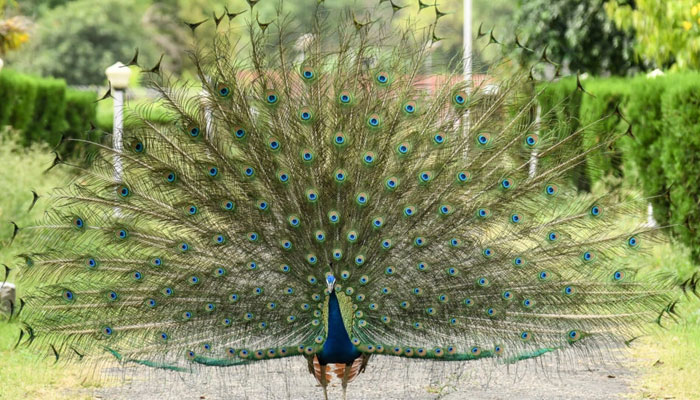

NEW DELHI: An Indian would-be social media star has been arrested and detained after outrage by his video of cooking and eating the country's protected national bird, a peacock, police said.
Police said that Kodam Pranay Kumar was detained Monday and sent to jail after "other videos in his mobile phone confirmed" that the bird he had cooked for his curry dish video was indeed a peacock.
The colourful birds are protected under stringent wildlife laws.

"He is now in jail on 14 days remand under the Wildlife Protection Act and now the court would decide whether he'd remain inside or get a bail," Akhil Mahajan, police superintendent in southern state of Telangana told AFP.
Investigators are also trying to ascertain how and where Kumar managed to get a peacock for the video, which has since been removed from his channel.
The video showed him cooking peacock curry, "a stunt allegedly pulled to attract more views", The Times of India reported.
"However, the response was far from what he might have anticipated," it added.
"Social media users condemned the video, accusing Kumar of promoting illegal wildlife consumption and disrespecting a national symbol".
The Indian peacock, identified with its vibrant blue colour and a regal wingspan among males, holds a special symbolic importance in India.

The throne of the country's Mughal ruling dynasty was also called the Peacock Throne because it featured bejewelled peacocks, once present in huge numbers across parts of northern Indian plains.
Rapid urbanisation and habitat loss in the last few decades have significantly reduced their numbers in the wild, with stringent punishment and fines under the wildlife laws now protecting them from hunting or harm.












